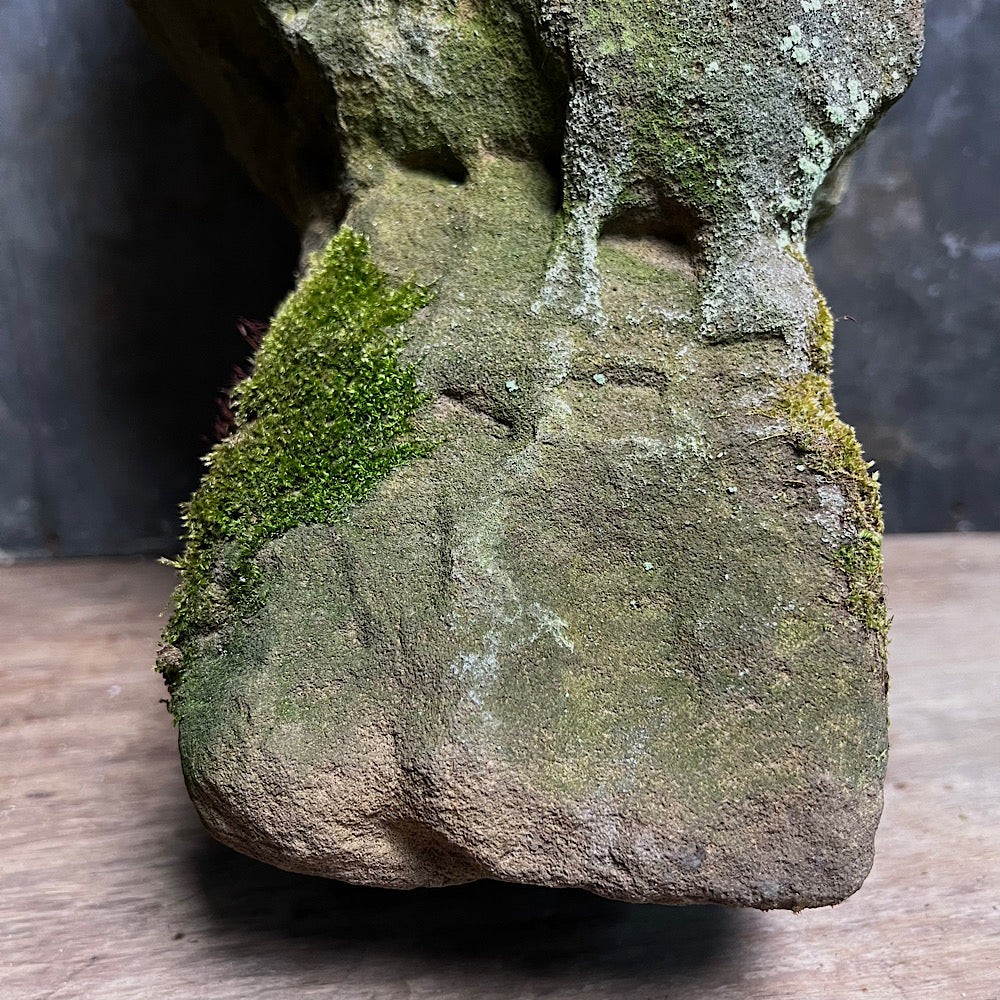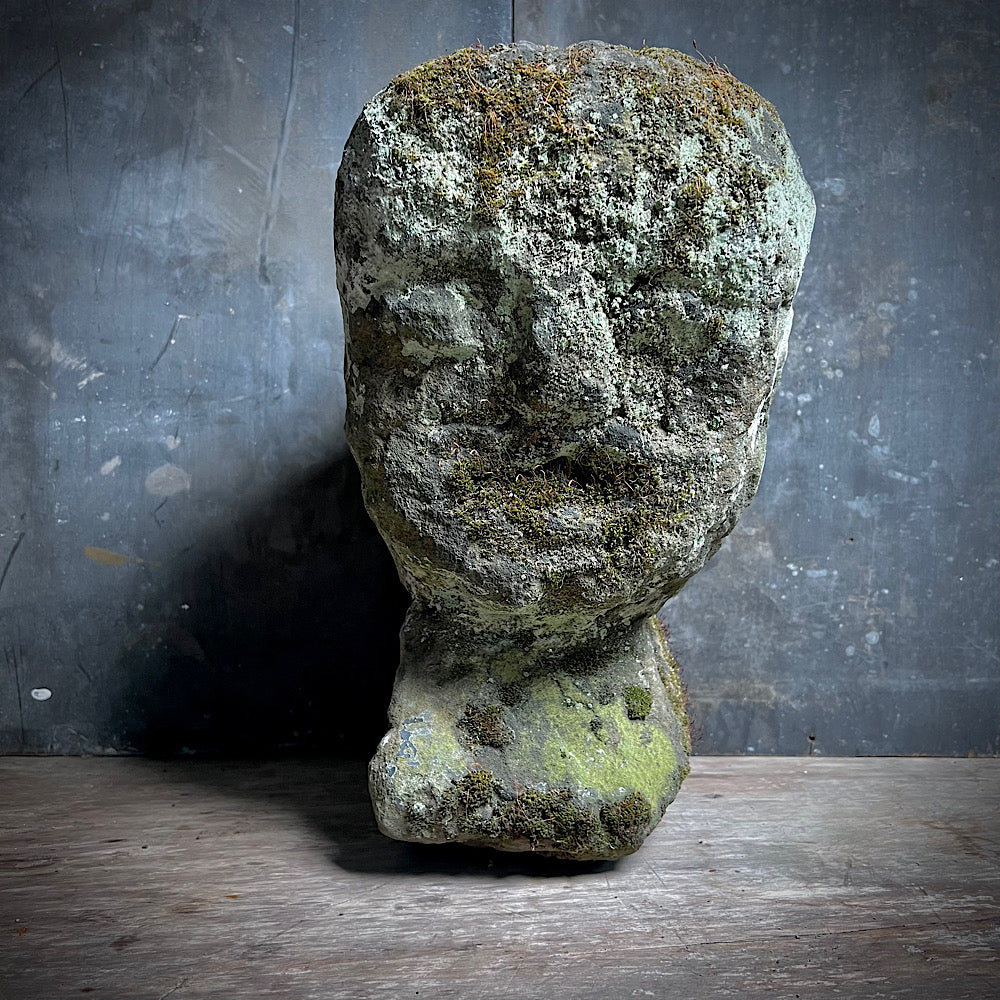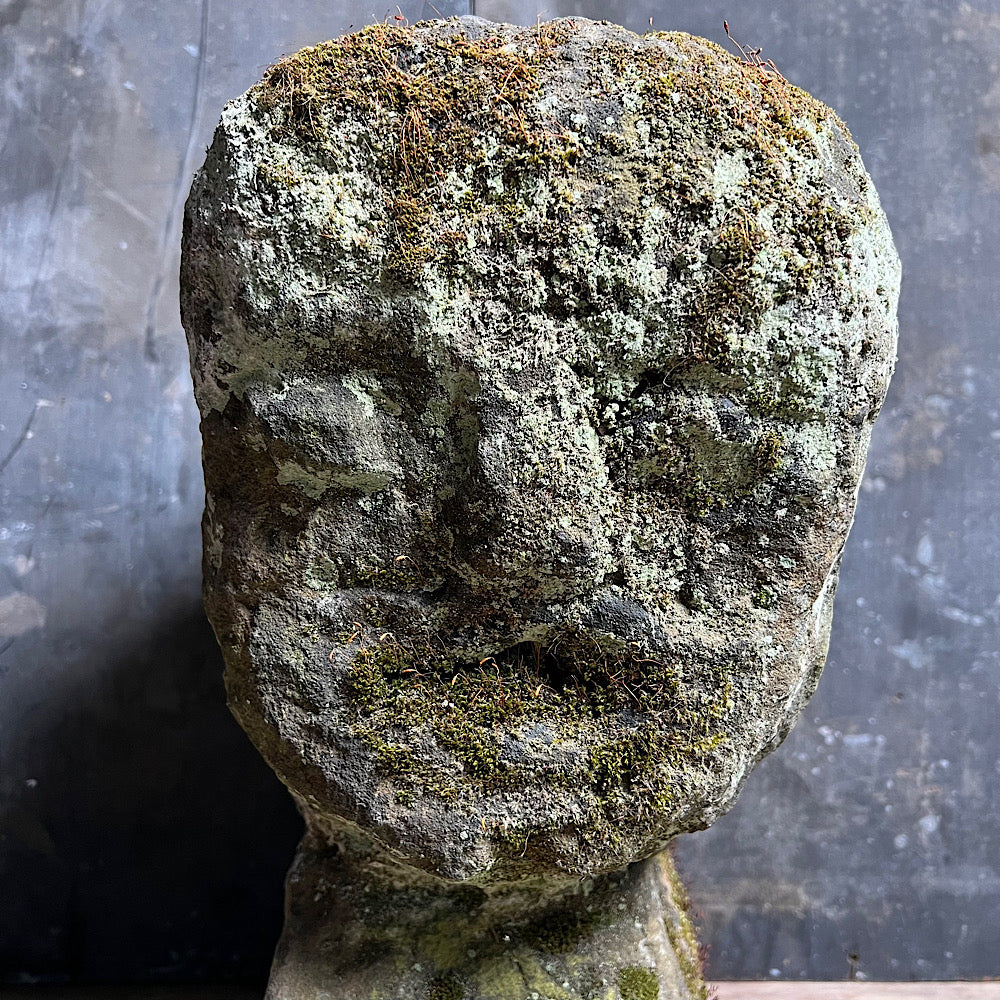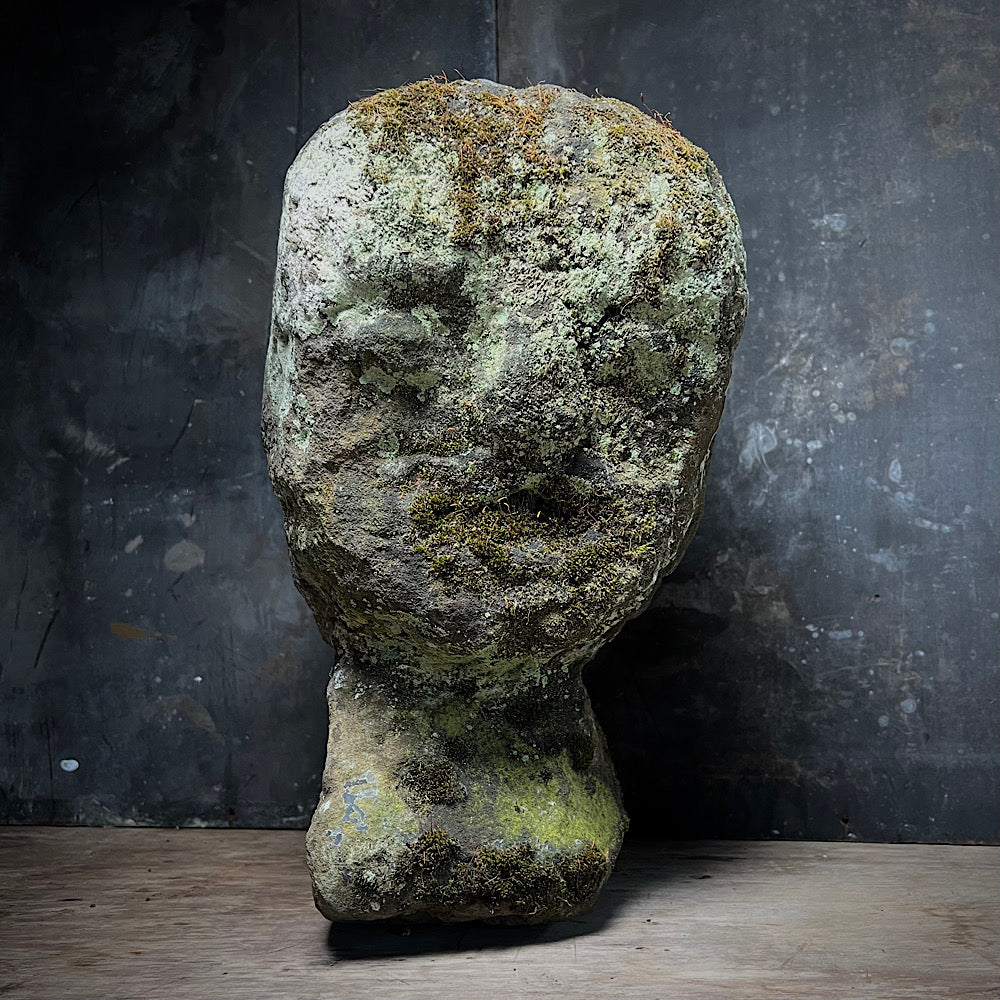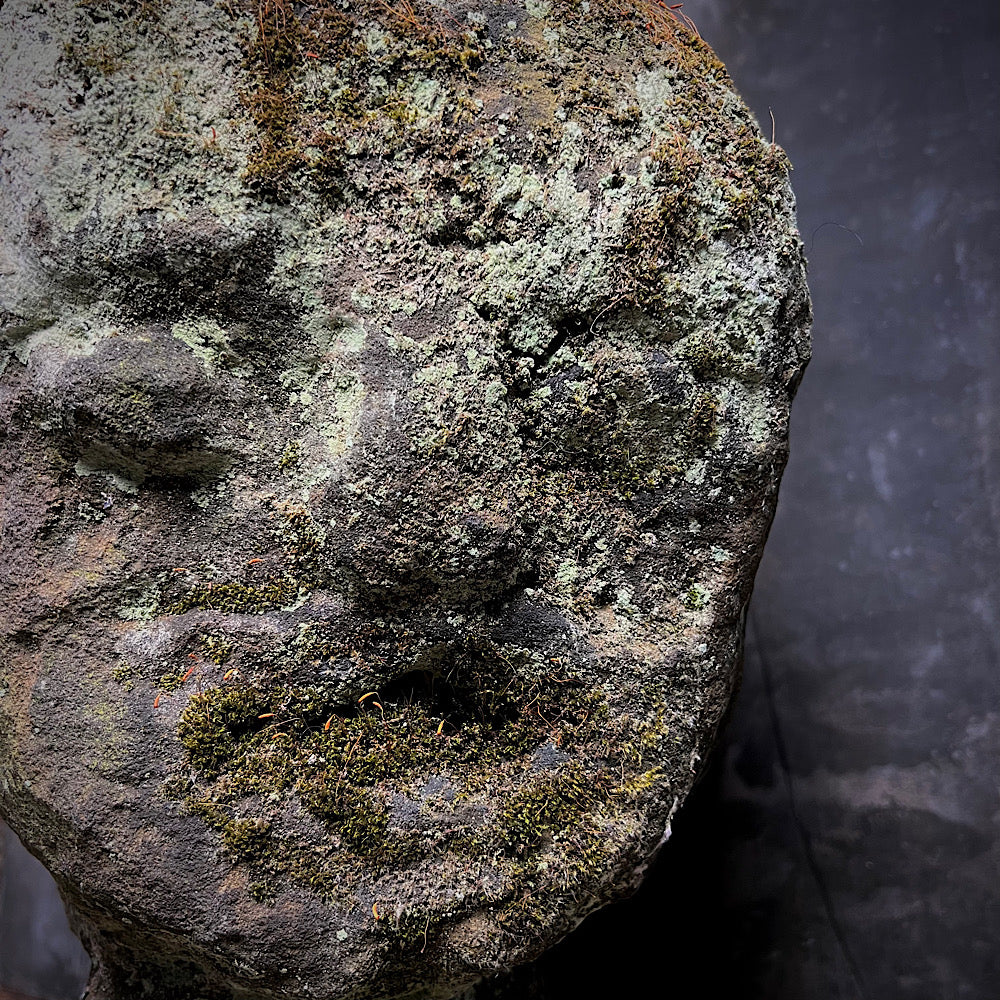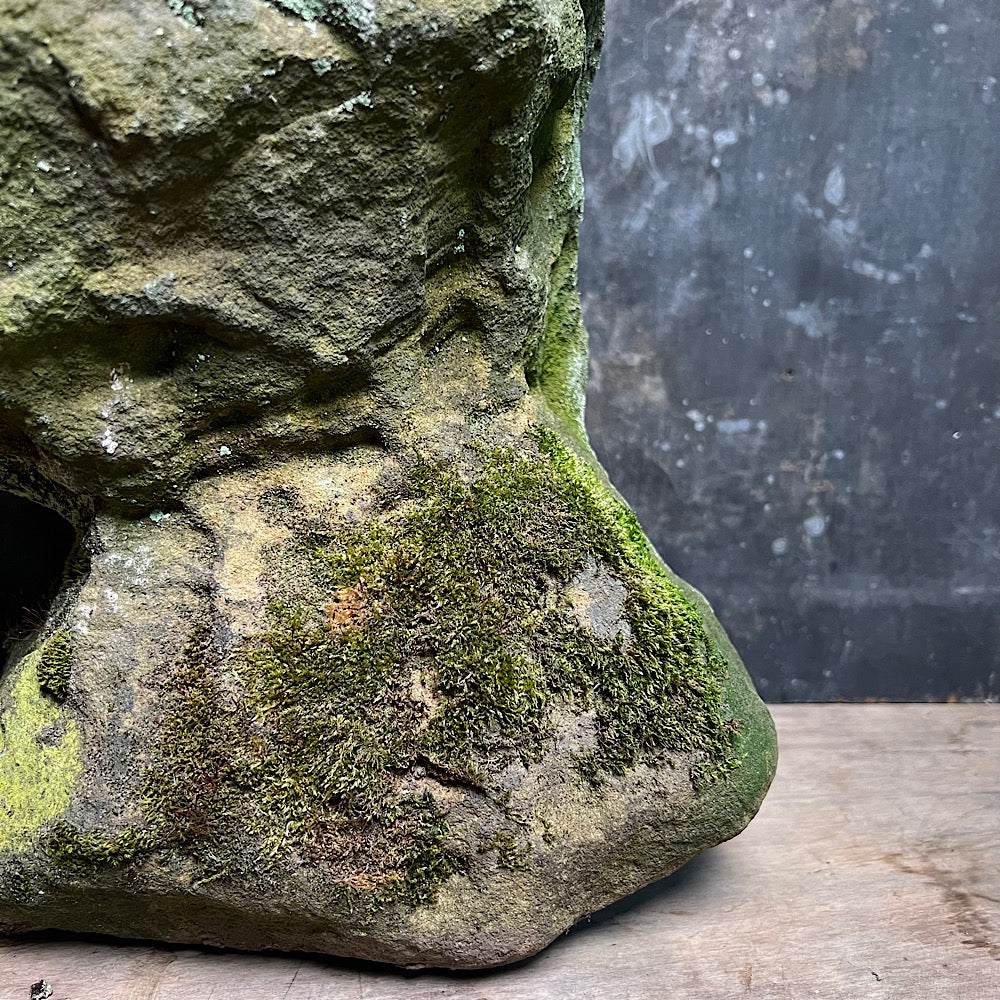Celtic Stone Head
SKU: 2Q47N
Couldn't load collection availability
UK Mainland Delivery & Non-Mainland
UK Mainland Delivery & Non-Mainland
* Until Christmas we are offering FREE UK MAINLAND doorstep delivery.
For UK Non-Mainland:
At checkout, please select ‘Pick up’ (not ‘Ship’) to complete your purchase.
You can either:
• Proceed with payment and we’ll send a separate link for delivery, or
• Contact us first for a quote, and we’ll send you a custom order link with delivery included.
Placing items in specific locations can be arranged on request — additional costs will apply. Our trusted fine art and antique couriers, ensuring your item arrives safely and with care.
International shipping
International shipping
International delivery, crating, shipping, and insurance can be arranged on request. We’ll provide a quote based on your needs—additional costs will apply and are payable directly to the shipping company.
You’re welcome to use your own shipping agent, or proceed with our recommended agent using the quote we supply. Payment is made directly to the shipping company.
Alternatively, select ‘Pick up’ at checkout to:
• Collect the item yourself
• Use your own shipping agent from our UK showroom
• Or simply complete your purchase
Contact us for a quote
A rare Celtic stone head most likely pre-Roman with excellent provenance from a remarkable expert private English country house collection in North Yorkshire.
This incredible find was located at the site of a demolition of an ancient windmill near the Great North Road (later known as the A1).
This rare and evocative piece , while worn, still retains it’s features. The mouth is slightly open and was probably used as a site to place offerings or libations. Typically of early Celtic heads it is not capped with hair, unlike later Romano Celtic examples.
The Celtic period spanned the Iron Age from approximately 600 BC – 50 AD, 43 AD saw the first invasion of Britain by the Roman Empire.
The Celtic practice of head-hunting and collecting is well documented in contemporary accounts of the period. They were known to be infatuated with the “cult of the severed head”, a significant part of their religion and rituals. It is thought that the cult beliefs revolved around the notion that the heads paid homage to the guardian god of portals, the deity of beginnings and endings.
Even though we don’t entirely understand this practice, it is clear from evidence that Human decapitated heads were embalmed and set into niches next to stone heads such as this. The venerated head represented consciousness and wisdom, the most significant element in the human and divine image.
Provenance
This remarkable Celtic stone head comes with exceptional provenance, having once belonged to the esteemed archaeologist and historian Sidney Jackson. A widely respected expert on early British and Celtic artefacts, Jackson dedicated much of his life to studying and cataloguing ancient stone carvings, particularly those found in northern England. His work remains foundational in the academic understanding of British Celtic art.
This particular head was discovered and owned by Jackson himself, and has remained in the care of his family until recently.
- Width: 23 cm (9.06″)
- Height: 41 cm (16.14″)
- Depth: 26 cm (10.24″)











